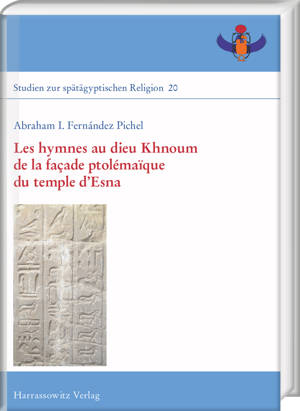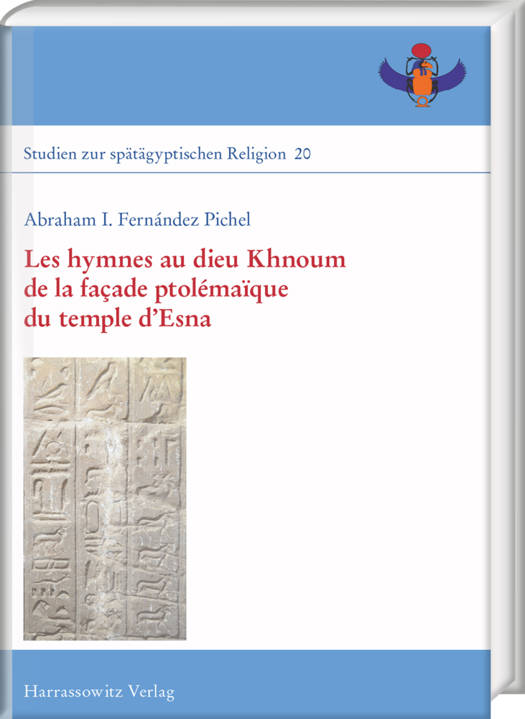
- Afhalen na 1 uur in een winkel met voorraad
- Gratis thuislevering in België vanaf € 30
- Ruim aanbod met 7 miljoen producten
- Afhalen na 1 uur in een winkel met voorraad
- Gratis thuislevering in België vanaf € 30
- Ruim aanbod met 7 miljoen producten
Zoeken
Les Hymnes Au Dieu Khnoum de la Facade Ptolemaique Du Temple d'Esna
Abraham I Fernandez Pichel
€ 209,45
+ 418 punten
Omschrijving
The hymns on the soubassements of the Ptolemaic facade of the temple of Esna are well known in Egyptological bibliography. Despite this fact, knowledge about them is only fragmentary because of their poor state of conservation and textual complexity. Engraved in the period of the coregency of Ptolemy VI, Ptolemy VIII and Cleopatre II (170 and 169-164 BC), each one of these hymns (Esna II, 17 and 31) has a length of 64 columns and contains a homage to the main gods of the Latopolitan region, namely Khnum-Ra, Neith, Shu and Tefnut. Their multiple associations with other deities express the rich syncretism in late Egyptian religion. Esna II, 17 includes a cosmogonical text relating the creation by Khnum-Ra of the world and the gods, but also of human beings and all other creatures. Since the mid-19th century several sources have displayed copies of these texts, edited by Serge Sauneron in the 1960's. Some of these materials remained unpublished until now, but they are included in the present work, such as the Wilbour papers (Brooklyn Museum, New York), containing an extensive part of both hymns, and the photos taken by Serge Sauneron in 1965, kept in the archives of the French Institute in Cairo (IFAO). Abraham I. Fernandez Pichel now presents a new edition, translation and commentary of the hymns. He proposes an interpretation of both hymns reflecting some of the main axes of the theology of the temple of Esna during the Ptolemaic and Roman periods. Thus, the plurality of aspects of the Latopolitan divinities, the thematic complementarity between both texts and their integration into the decoration of the facade are the main topics of the present study.
Specificaties
Betrokkenen
- Auteur(s):
- Uitgeverij:
Inhoud
- Aantal bladzijden:
- 242
- Taal:
- Frans
- Reeks:
- Reeksnummer:
- nr. 20
Eigenschappen
- Productcode (EAN):
- 9783447109765
- Verschijningsdatum:
- 4/07/2018
- Uitvoering:
- Hardcover
- Formaat:
- Genaaid
- Afmetingen:
- 2100 mm x 2970 mm
- Gewicht:
- 965 g

Alleen bij Standaard Boekhandel
+ 418 punten op je klantenkaart van Standaard Boekhandel
Beoordelingen
We publiceren alleen reviews die voldoen aan de voorwaarden voor reviews. Bekijk onze voorwaarden voor reviews.











